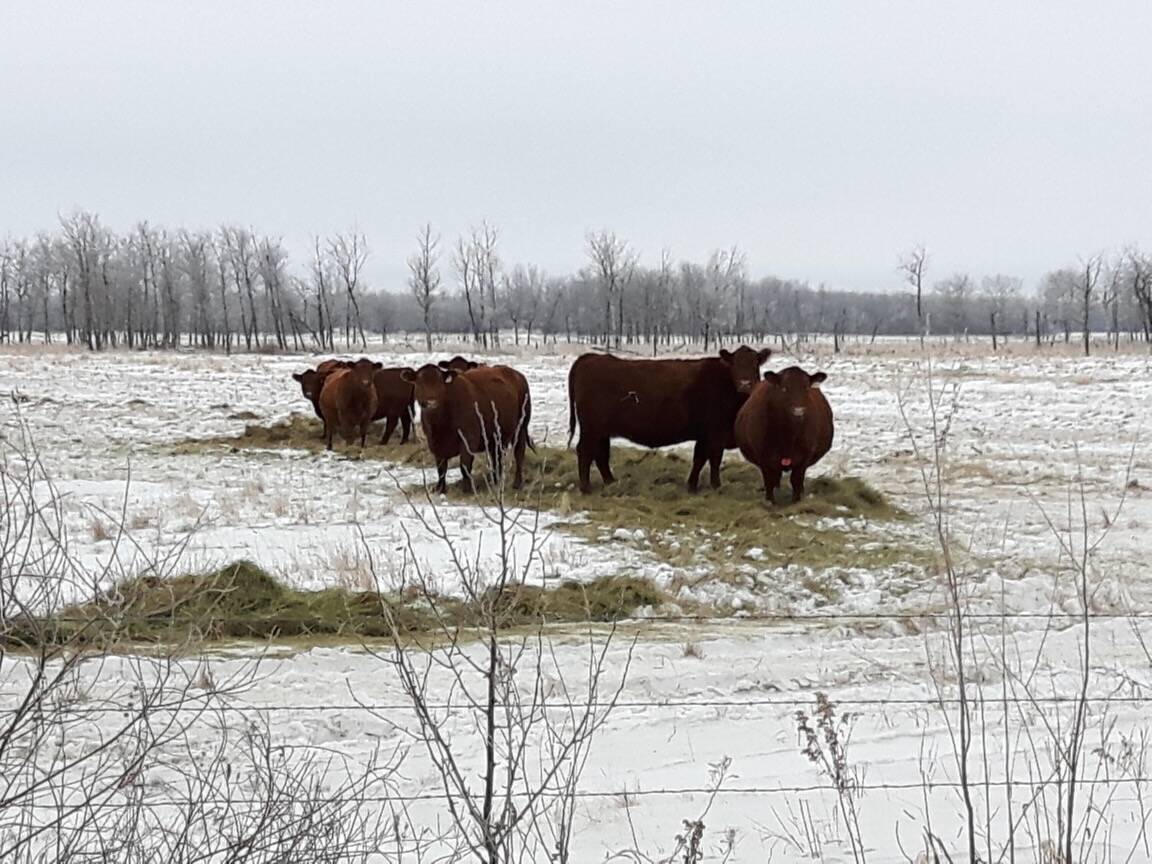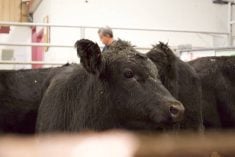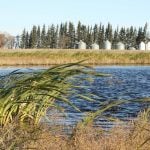After spring calves are weaned, early-gestation beef cows require the lowest amount of nutrients compared to the rest of the year. Some see this as a sign to save money by putting them on low-quality pastures or other poor feeds. Rather, it should be seen as a springboard to map out a good winter-feeding plan, as these beef cows will require better nutrition as they move through pregnancy until calving and the initial months of lactation.
I believe that bred early-gestating cows should be put on a well-balanced nutritious feeding program from early autumn until the first snows. It will reward us with good beef cow performance and healthy newborn calves in the early months of next year.
It’s coined as “fetal programming” — the theory that the lifetime performance of new calves can be positively or negatively affected by the soundness of cow nutrition received during all trimesters of gestation (from conception to calving). Although bovine physiology demonstrates that most fetal growth is during the last trimester, early- and mid-term nutrition of the gestating cow (and her fetus) are just as important, because this is where maximum growth and vascularization of the placenta take place, which regulates fetal growth. In addition, major fetal organs such as its liver, lungs, brain and kidneys become significantly developed compared to fetal growth of muscle and fat tissue, which occurs later.
Read Also

Prevent nitrate poisoning in overwintering beef cows
High-nitrate feeds can be deadly for overwintering beef cows. They can be used, but only if they’re processed and diluted in a lower nitrate ration.
We obviously cannot see that the fetus is developing properly inside the cow but we can look at the current cow herd body condition, which reflects their present early-gestation nutrition.
Pasture assessment
It happens that I recently drove through a pasture with the owner of 400 red Angus/Simmental-cross cows with their spring calves to be weaned in about a month.
My afternoon assessment was that this pasture with a lot of good prairie grass and mineral-salt licks had properly supported their optimum body condition score of five to six (one being emaciated and nine obese). Therefore, I was quite confident that most of them would continue into the winter with a good healthy fetus.
The producer also updated me that his cows would be moved onto adjoining pastures of equal carrying capacity, supplemented by 20 per cent molasses lick tubs, by the end of the weaning season until Christmas. Afterwards they will be feed a dry lot TMR ration made up of barley silage, mixed alfalfa hay and a ¼ lb./hd/day premix until the end of the calving season in late April. No significant amount of grain will be fed, unless the weather drops below -20 C.
The accompanying table below shows an inventory of his overwintering diet, fed to about 400 cows for 120 days until the first cow calves.

Like this producer, most others usually have a good general idea of how much overwinter forage and other feeds they will need by fall. Yet I often recommend a midwinter inventory is also taken accordingly. That’s because I would regret any surprises that would put a cow-calf operation into a dire position of running out of better-quality forage, particularly during late winter when late-gestation cow requirements are at their highest before calving.
For example, I remember a 200-cow beef producer that noticed a significant amount of “tough bales” of nearly pure second-cut alfalfa that went mouldy and could not be fed. Fortunately, his neighbour was overstocked with an equal amount of good quality mixed-grass bales that he carried over to his herd for the rest of the winter.
Much like other experienced producers, the one I visited usually assessed the body condition of his cow herd shortly after the weaning season. By then he had a good idea of his forage and feed inventory for overwintering his herd. I understood at the time of our visit that he would extend his pastures as autumn permitted. Then he’d move them home and feed a TMR diet all the while improving their nutrition toward calving. In this way, rather than saving money on their initial lowest nutrient needs, he invested in a progressive feeding program for a successful calving season and beyond.
















